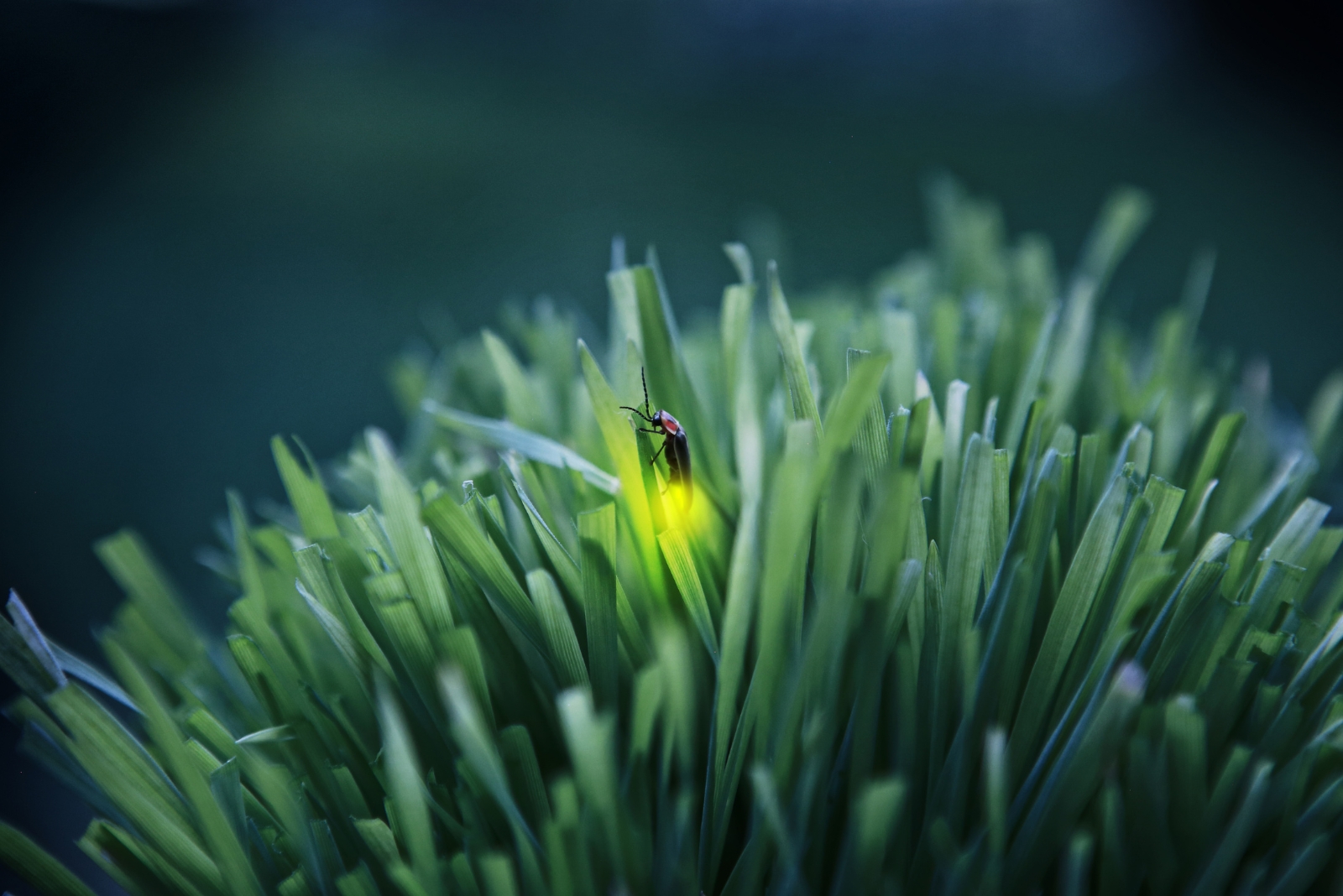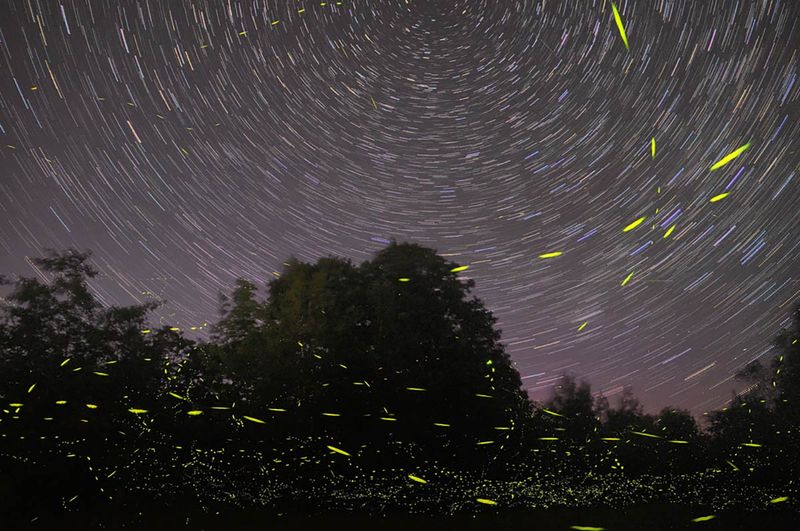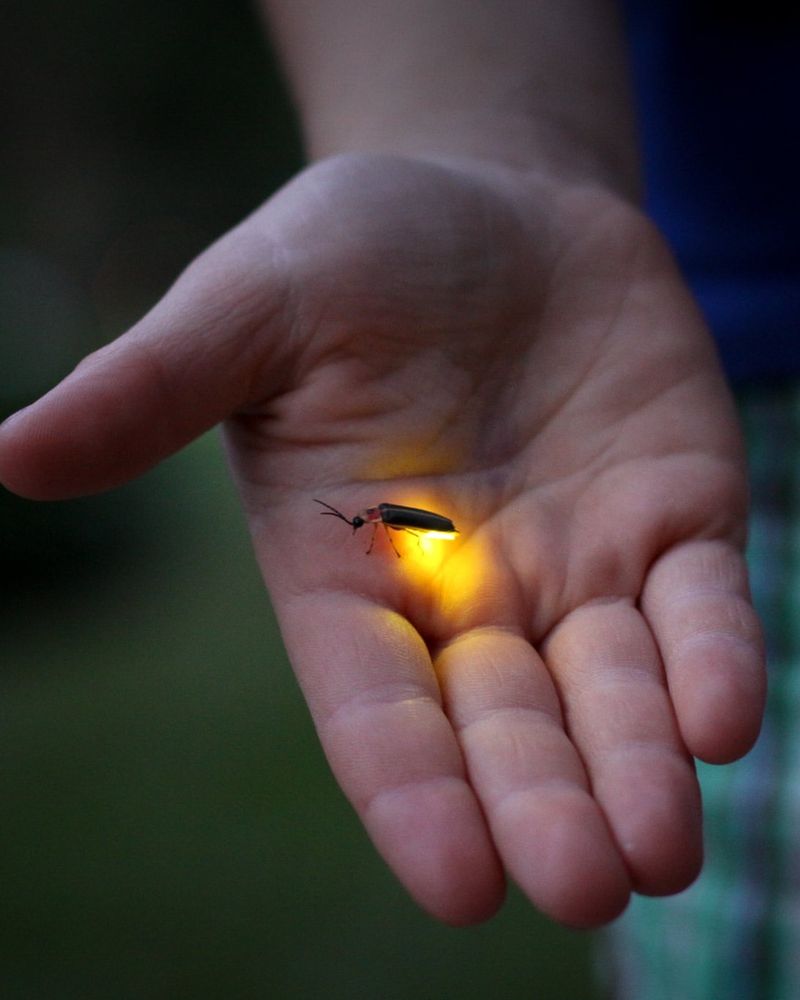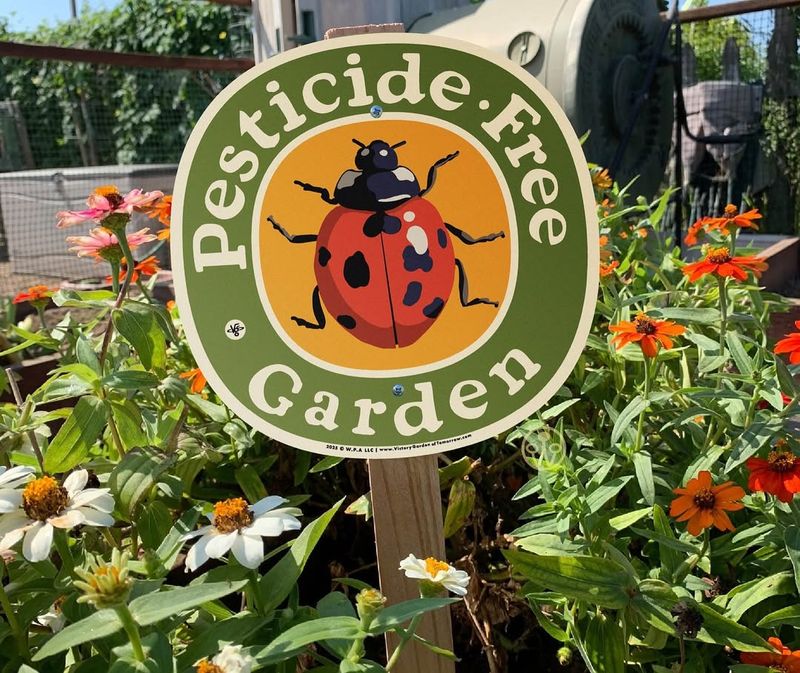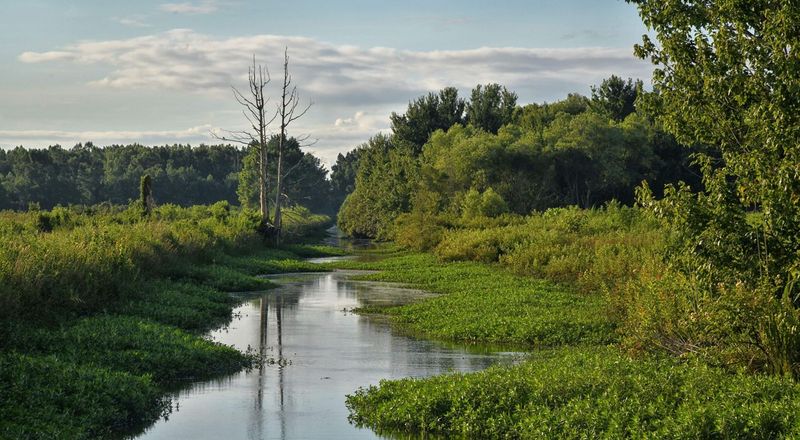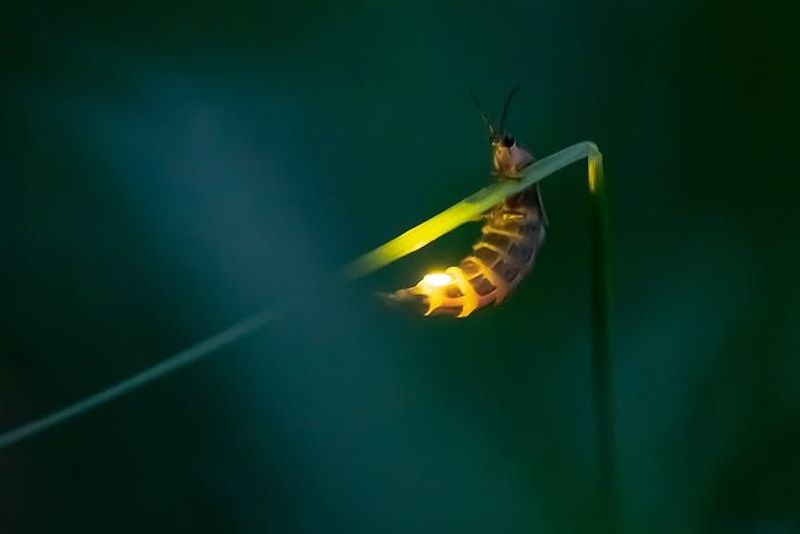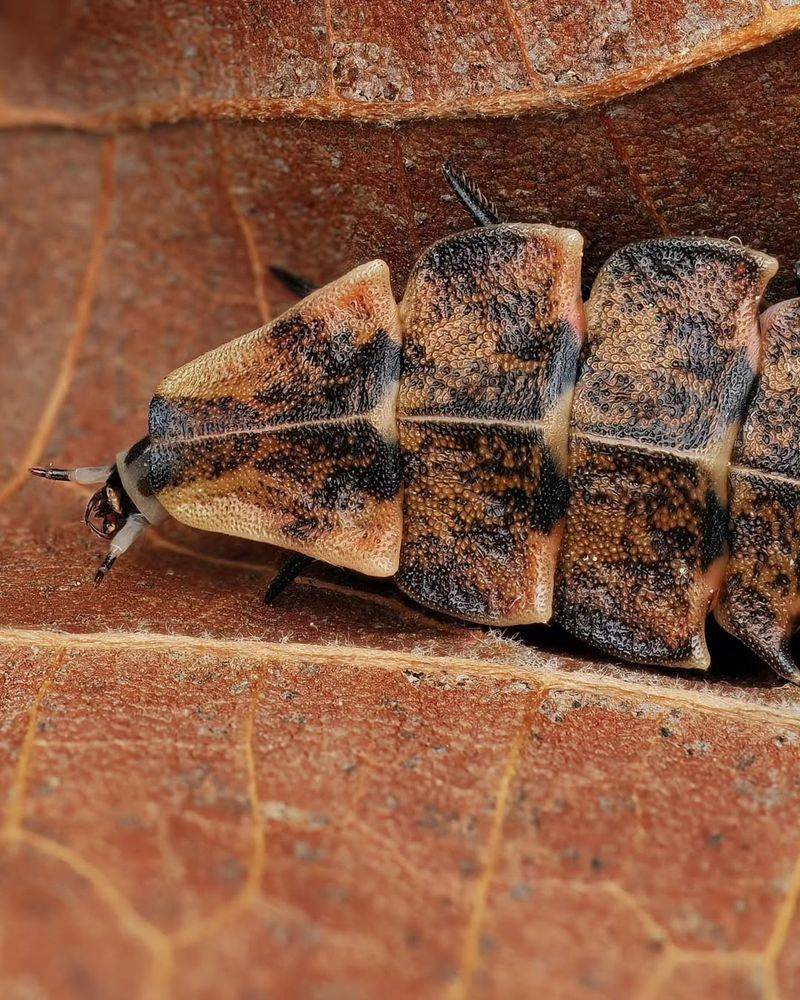Remember those magical summer nights when fireflies lit up backyards like tiny floating lanterns? Sadly, those glowing insects are becoming harder to spot across New Jersey.
Scientists have noticed a troubling pattern of declining firefly populations, and understanding why matters for our environment. Let’s explore what’s causing these beloved bugs to disappear from our summer evenings.
1. Light Pollution Disrupts Their Glow
Artificial lights from streetlamps, buildings, and homes create a constant glow that interferes with fireflies’ natural light signals. Males flash specific patterns to attract females, but bright outdoor lighting makes these signals nearly impossible to see.
When fireflies can’t communicate properly, they struggle to find mates and reproduce. New Jersey’s growing cities and suburbs mean more light pollution every year. Even porch lights and decorative yard lighting can confuse these insects during their mating season, dramatically reducing their chances of survival in developed areas.
2. Habitat Loss From Development
Fireflies need specific environments to complete their life cycle, including moist soil, tall grass, and wooded edges. As New Jersey continues building shopping centers, housing developments, and parking lots, these crucial habitats vanish.
Firefly larvae live underground or in rotting wood for up to two years before becoming adults. When construction crews clear land, they destroy the homes of countless developing fireflies. Without protected natural spaces, entire populations disappear before they ever get the chance to light up summer nights.
3. Pesticide Use In Yards And Gardens
Many New Jersey homeowners spray pesticides to control mosquitoes and other bugs, but these chemicals don’t discriminate between pests and beneficial insects. Fireflies spend most of their lives as larvae in the soil, where they’re extremely vulnerable to lawn treatments.
Even organic pesticides can harm firefly populations when used frequently. Garden insecticides also kill the small creatures that firefly larvae eat, like snails and slugs. Choosing natural pest control methods helps protect fireflies while keeping your yard healthy and safe for everyone.
4. Loss Of Wetlands And Moist Areas
Fireflies thrive near streams, ponds, marshes, and other damp environments where their prey lives abundantly. New Jersey has lost thousands of acres of wetlands to drainage projects, climate change, and urban expansion over recent decades.
Without moisture-rich habitats, firefly larvae cannot survive their lengthy development period. Adult fireflies also need these areas for laying eggs in suitable conditions. Protecting and restoring wetlands doesn’t just help fireflies—it benefits countless other species and improves water quality throughout the state.
5. Climate Change Alters Their Environment
Rising temperatures and unpredictable weather patterns in New Jersey disrupt the delicate timing fireflies depend on for their life cycle. Warmer winters may cause larvae to emerge too early, while droughts dry out the moist soil they need.
Extreme weather events like heavy flooding can drown firefly larvae or wash away their food sources. Changes in seasonal timing also affect when adult fireflies emerge, potentially causing mismatches in their breeding cycles. Climate shifts create multiple challenges that fireflies simply cannot adapt to quickly enough to maintain healthy populations.
6. Decline In Food Sources
Firefly larvae are carnivorous hunters that feast primarily on snails, slugs, and worms found in leaf litter and soil. Modern landscaping practices that remove fallen leaves and debris eliminate the hiding spots these prey animals need.
When people rake away every leaf or use mulch instead of natural ground cover, they inadvertently destroy the food chain supporting fireflies. Additionally, the same pesticides that harm fireflies also kill their prey species. Leaving some natural areas untouched in your New Jersey yard provides essential hunting grounds for young fireflies.

